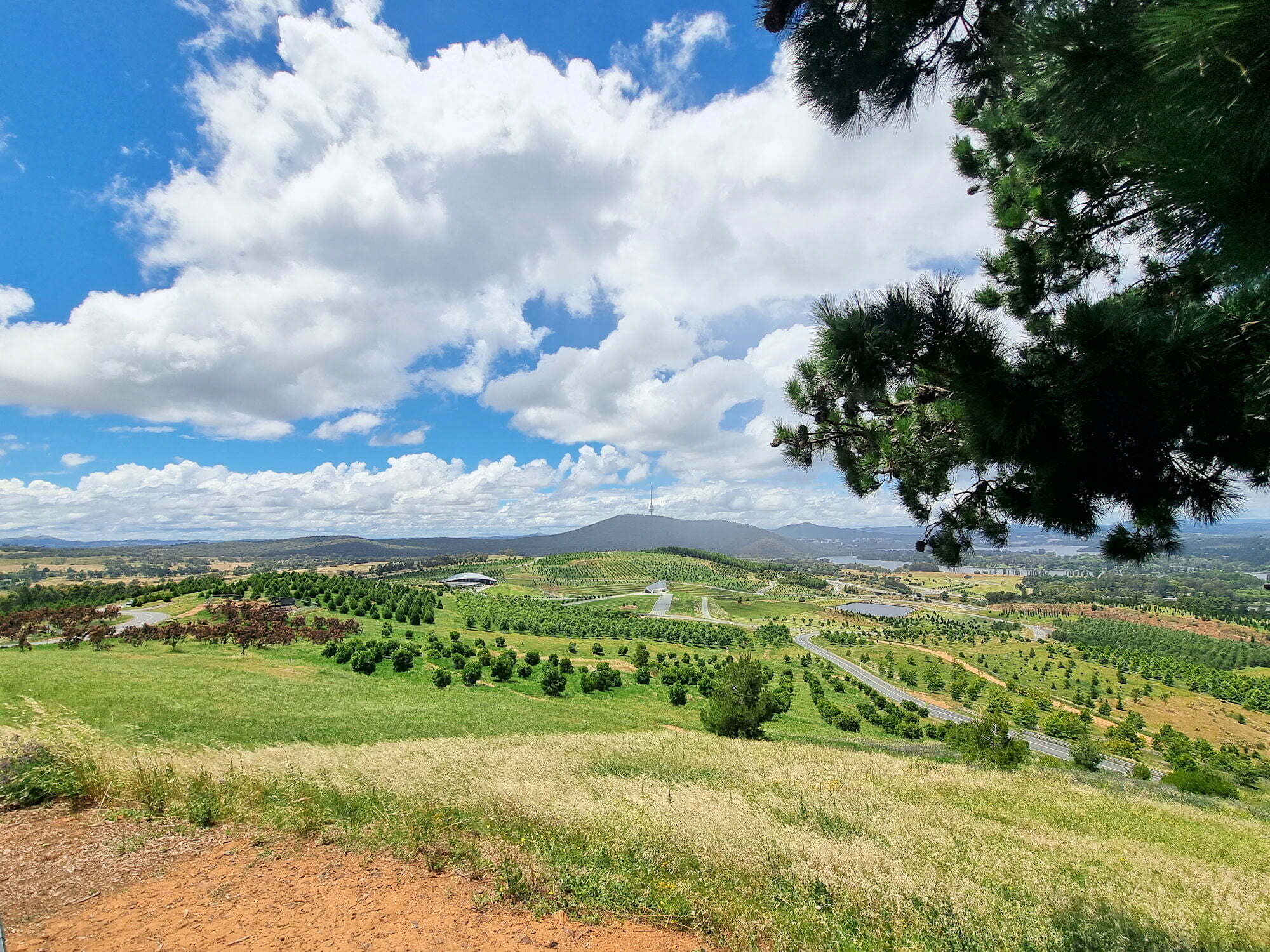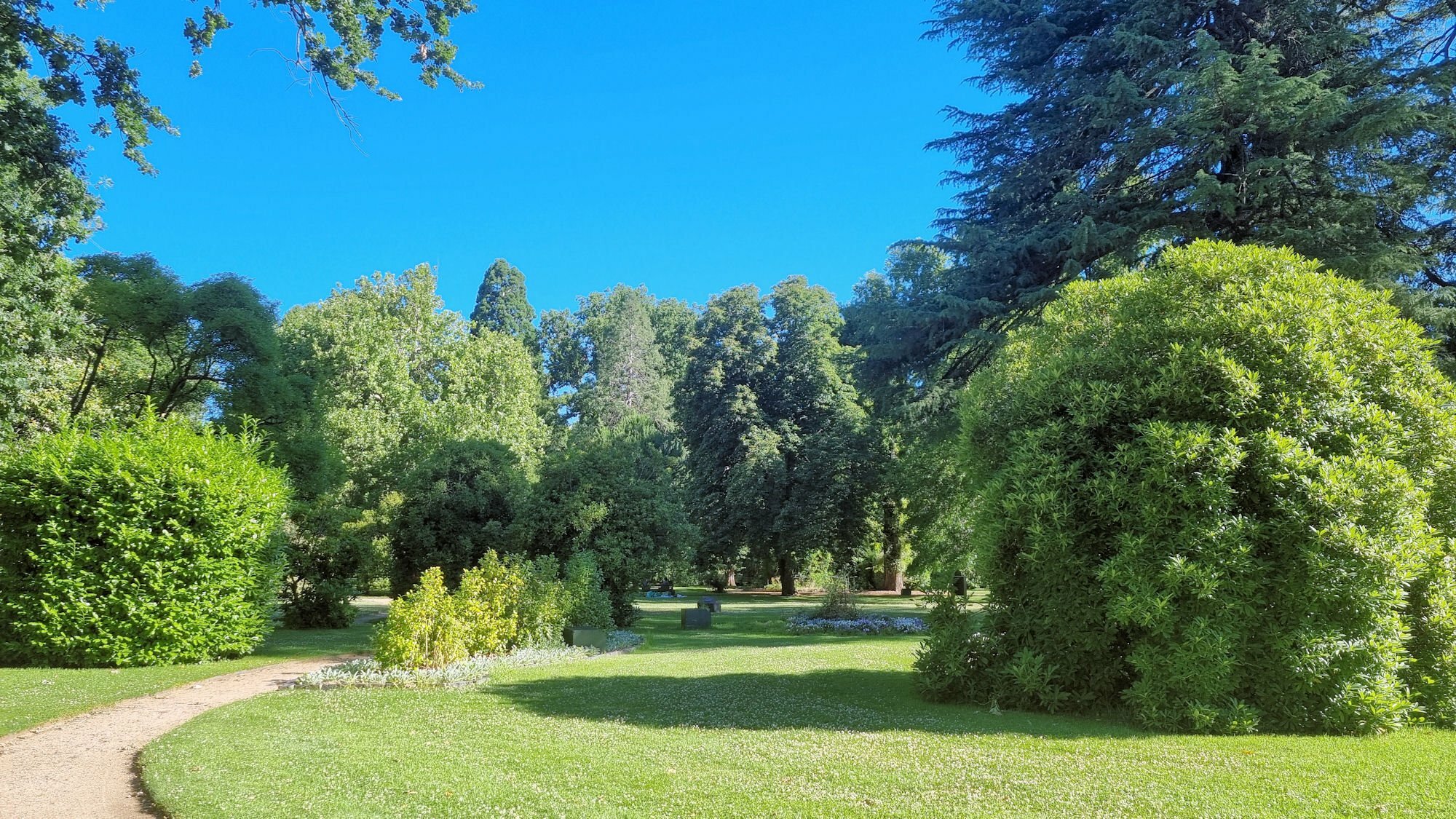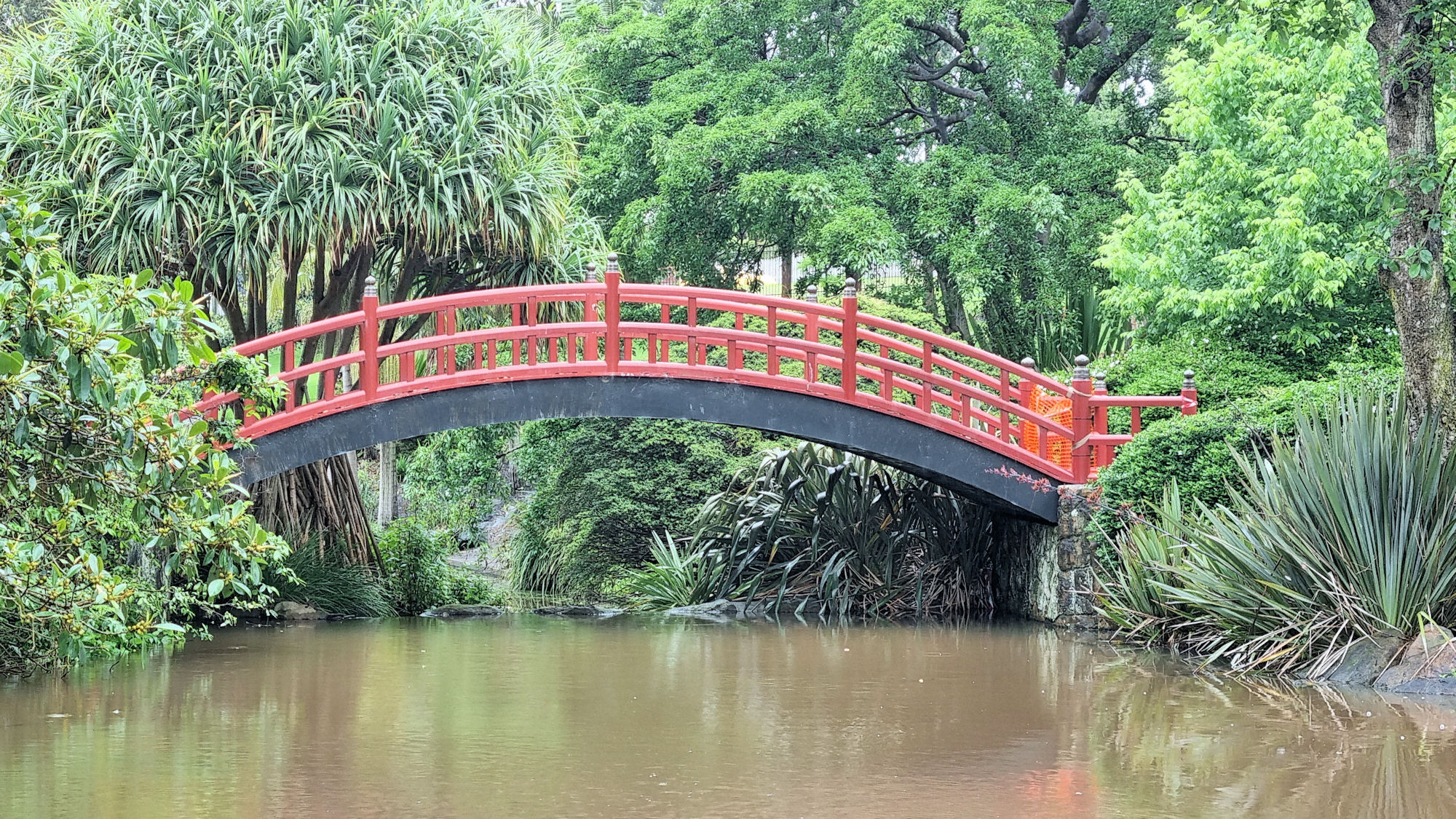Tag: trees
-
National Arboretum Canberra Australia

National Arboretum Canberra Devastating bushfires in 2001 and 2003, burnt huge areas around Canberra. A recovery project to heal some of the damage included The National Arboretum, which now covers 250 hectares(618 acres in the old measurement). Although very much in its infancy, with plantings still taking pace, it’s a great place to visit. The… Read more
-
Cook Park Orange

Cook Park Orange Looking for something to do in Orange after we arrived in the late afternoon, we discovered Cook Park. Named after Captain James Cook, the park is a beautiful escape, with shady trees, grassy picnic areas and a duck pond. Laid out in the Victorian style when designed in 1873 many of the… Read more
-
Wollongong Botanic Garden

Wollongong Botanic Garden Located at the foot of Mount Kiera, the Wollongong Botanic Garden is a great place to spend time to relax and unwind. Entry is free and the gardens are open every day except Christmas Day. We parked in one of the dedicated car parks, then spent an hour walking through the different… Read more